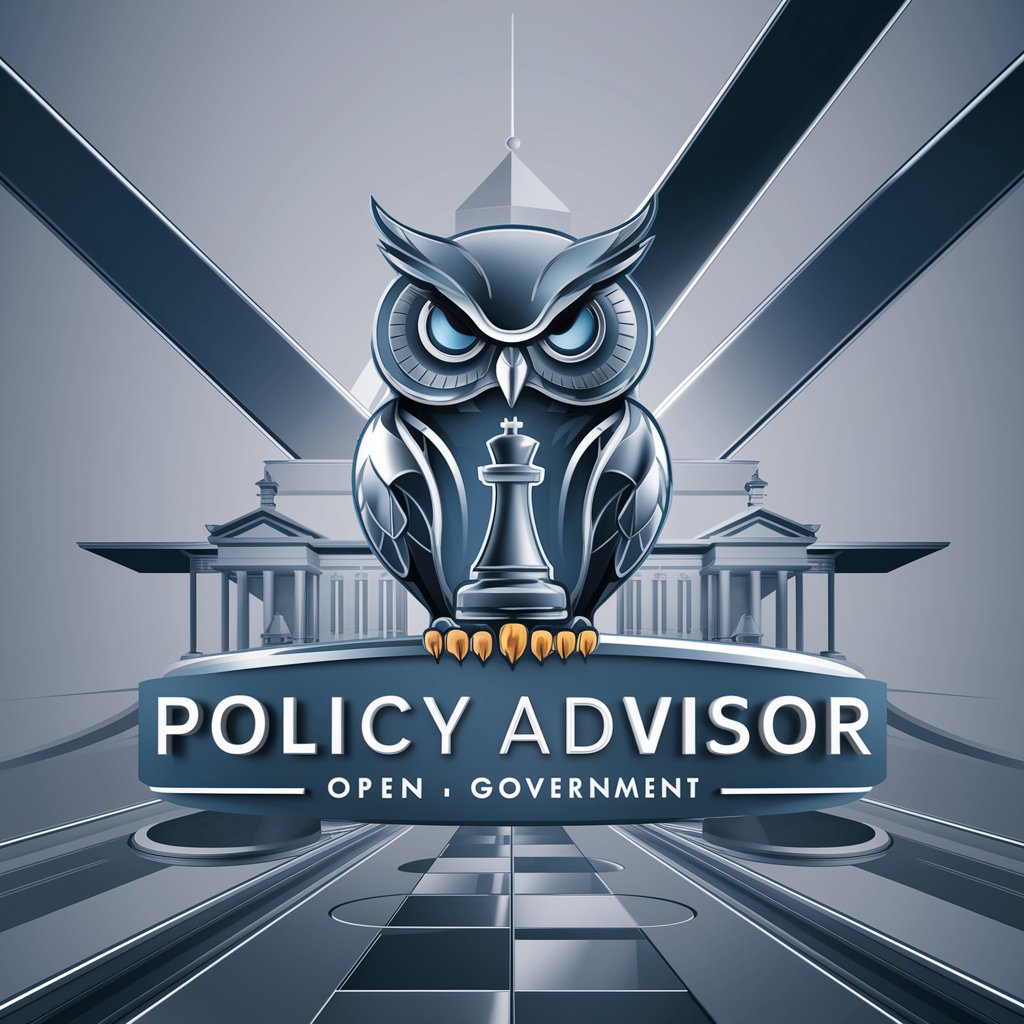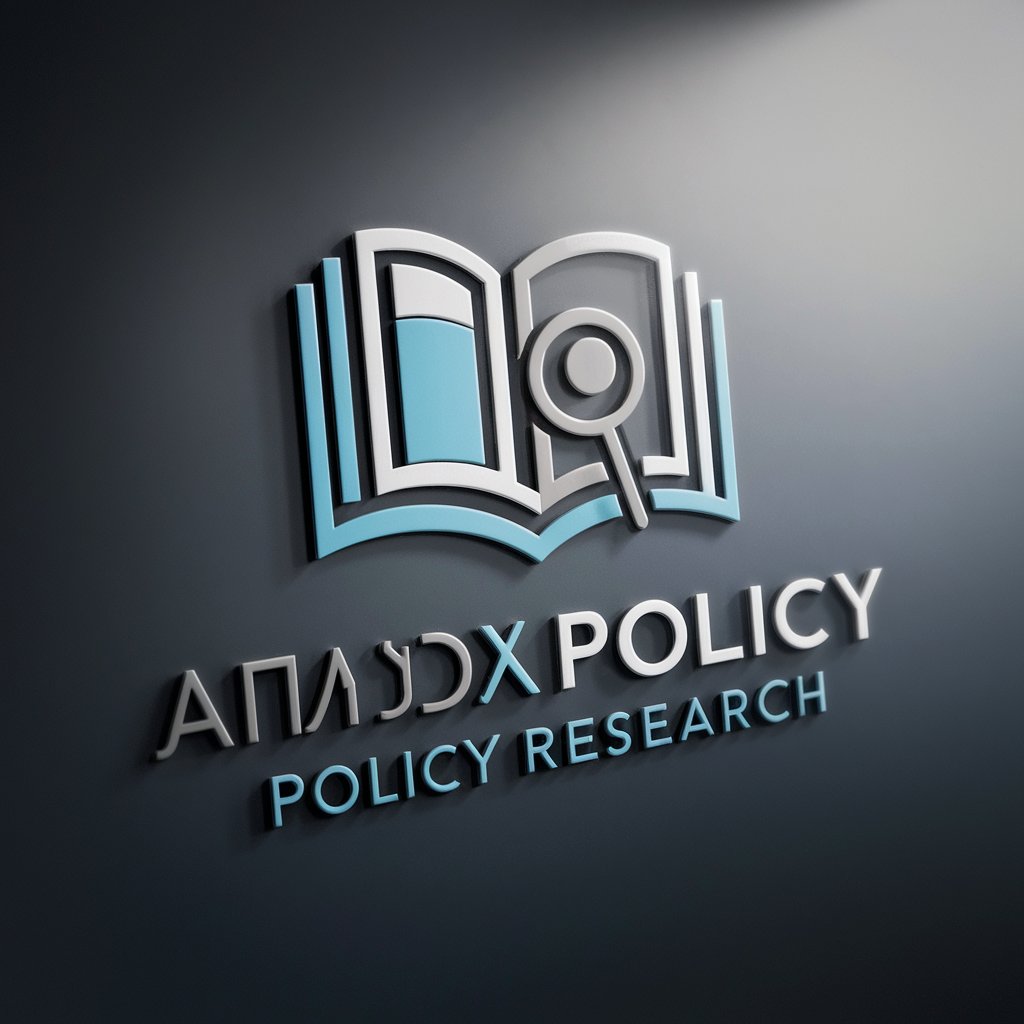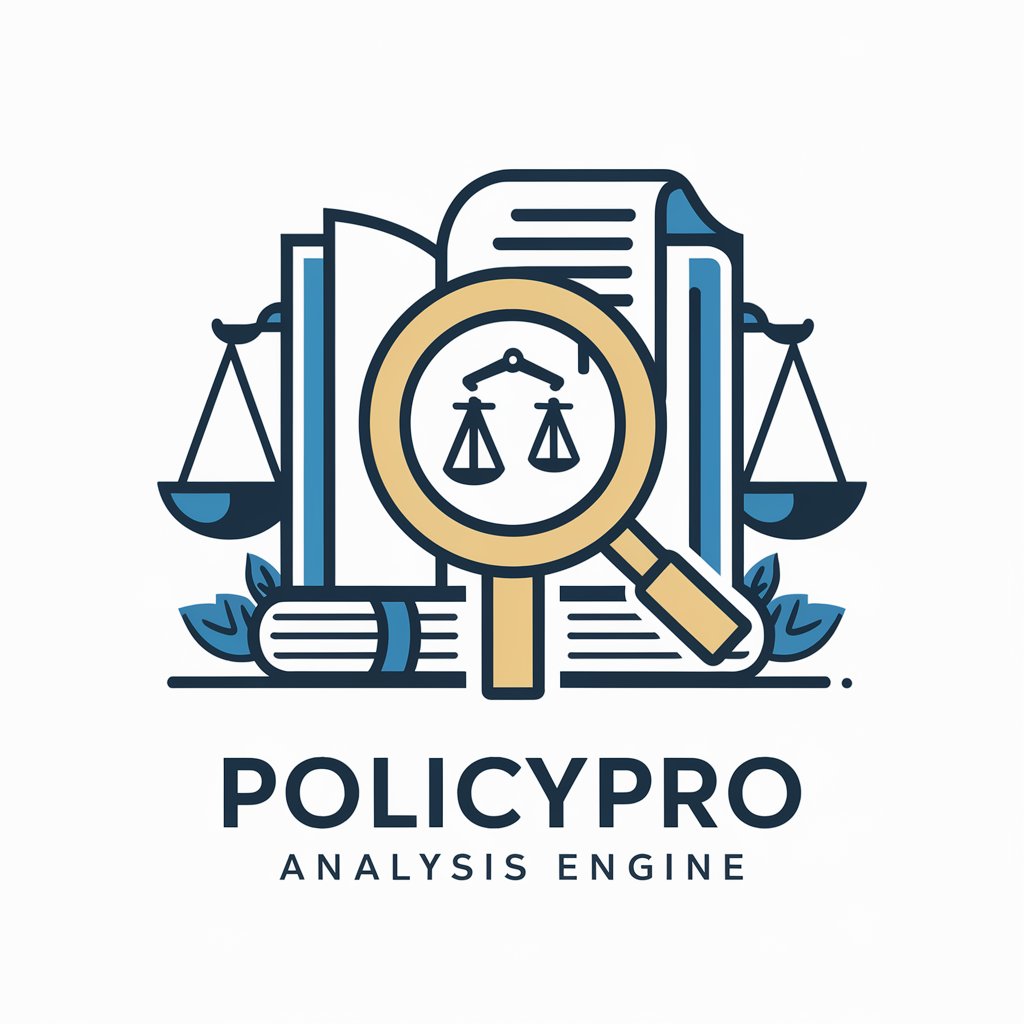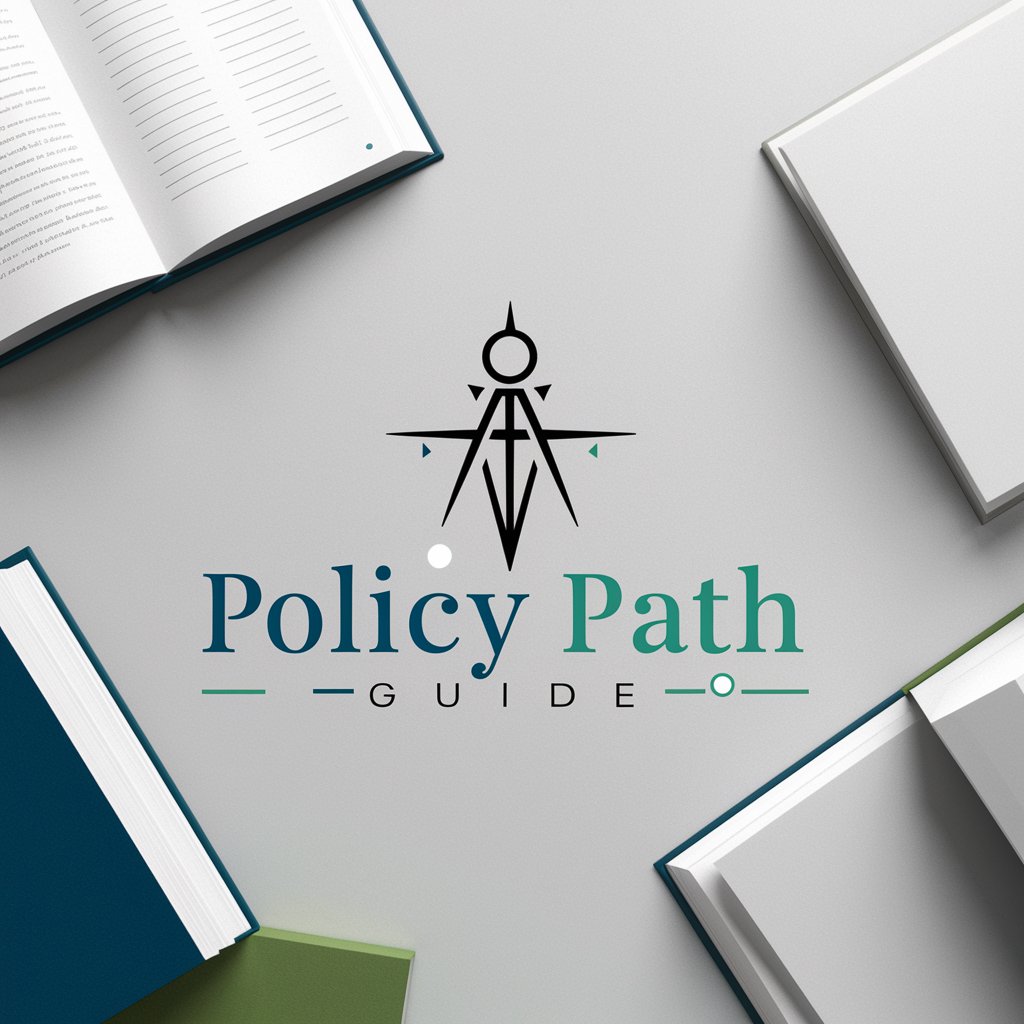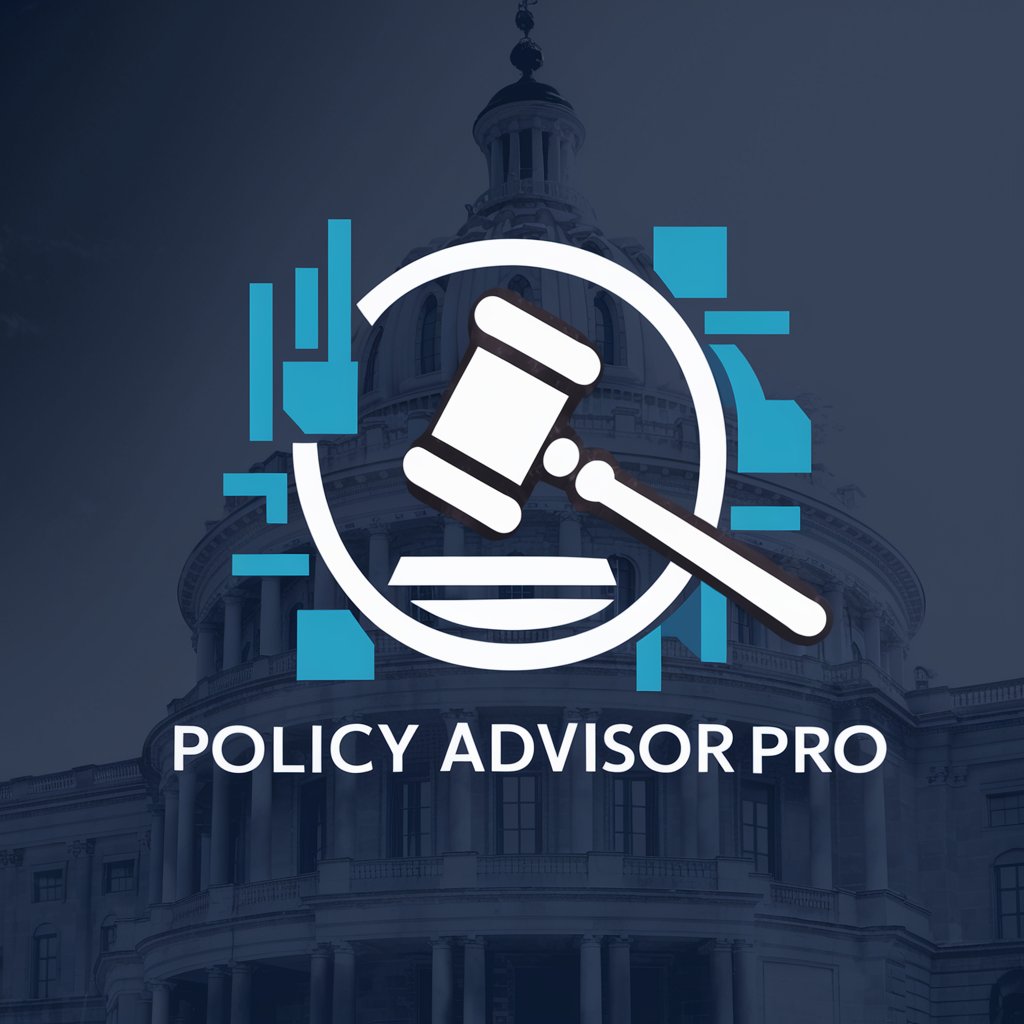
Public Policy Evaluation - Policy Evaluation AI
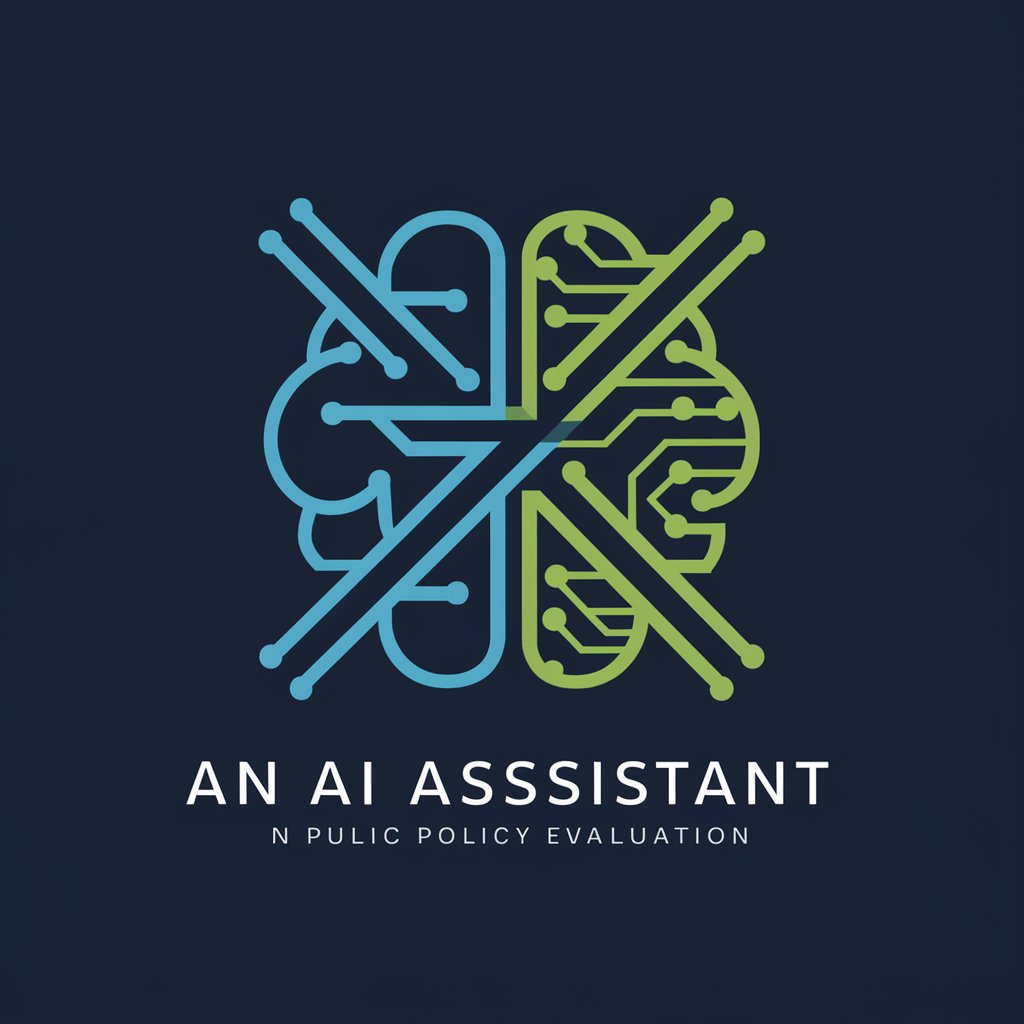
Welcome! Let's evaluate policy effectiveness and impact together.
AI-driven insights for policy evaluation
Evaluate the impact of the recent education policy in South Korea.
Analyze the effectiveness of the healthcare reform implemented in 2023.
Assess the efficiency of resource allocation in the new infrastructure project.
Examine the sustainability of the environmental policy introduced last year.
Get Embed Code
Introduction to Public Policy Evaluation
Public Policy Evaluation is designed to systematically analyze and assess the effectiveness and impact of public policies. This specialized approach enables stakeholders to understand whether a policy achieves its intended objectives, how it performs across various key performance indicators (KPIs), and what its overall impact is on the targeted population or sector. Evaluation covers various dimensions, including efficiency of resource allocation (input), direct products of policy implementation (output), short-term and long-term outcomes, and broader societal impacts. An example scenario illustrating its application could be the evaluation of an educational reform policy, where the focus would be on assessing how well the policy improves educational outcomes, the efficiency in the use of budgetary resources, the achievement of intended literacy rates (short-term outcome), long-term benefits such as increased employment rates among graduates, and the overarching impact on national economic development. Powered by ChatGPT-4o。

Main Functions of Public Policy Evaluation
Comprehensive Evaluation
Example
Assessing a national health insurance program
Scenario
Evaluators would measure the program's success in terms of coverage expansion, improved access to healthcare services, cost-effectiveness, fairness in service provision, and the sustainability of health benefits over time.
KPI Identification and Analysis
Example
Evaluating a renewable energy policy
Scenario
This function involves identifying specific indicators such as the increase in renewable energy production, reduction in greenhouse gas emissions, cost efficiency of energy production, and the long-term viability of renewable energy infrastructure.
Policy Impact Analysis
Example
Studying the effects of a minimum wage increase
Scenario
The analysis would focus on the economic impact, including changes in employment rates, effects on small businesses, income inequality adjustments, and overall economic growth.
Resource Allocation Efficiency Assessment
Example
Evaluating government spending on public infrastructure
Scenario
The evaluation would look into how efficiently resources are used in infrastructure projects, including the assessment of budget management, timeliness, and the quality of infrastructure developed.
Ideal Users of Public Policy Evaluation Services
Government Agencies
These entities are responsible for designing, implementing, and assessing public policies. They benefit from evaluation services to ensure policies are effectively addressing societal issues, using resources efficiently, and achieving intended outcomes.
Non-Governmental Organizations (NGOs)
NGOs involved in policy advocacy or implementation can use these services to measure the impact of their initiatives, advocate for policy changes based on evidence, and improve their program designs based on evaluation findings.
Academic Researchers
Researchers in public policy, economics, and social sciences utilize evaluation services to conduct empirical studies, contribute to policy development, and enhance the academic understanding of policy impacts.
Private Sector Stakeholders
Companies and industry associations interested in the implications of public policies on their operations and the broader market can leverage evaluations to inform their strategic planning and advocacy efforts.

How to Use Public Policy Evaluation
1
Access a free trial without the need for login or ChatGPT Plus at yeschat.ai.
2
Identify the public policy or area you wish to evaluate, including its geographical focus and the relevant time period.
3
Select the specific aspects of the policy you are interested in evaluating, such as effectiveness, efficiency, or equity.
4
Utilize the tool to search for recent data, news, and analyses pertaining to your policy of interest.
5
Review the generated evaluation report, which includes scores and insights on various aspects of the policy, for comprehensive understanding and decision-making.
Try other advanced and practical GPTs
Immigration Advisor USA - EB2 NIW, EB1A and O1
AI-powered immigration guidance

Expert SEO Français
Elevate Your SEO with AI Insight

Horoscope
Explore the Stars with AI

Code Jester
Entertain your code with AI-powered humor!

Exhausted Eddie
Laugh and Learn with AI
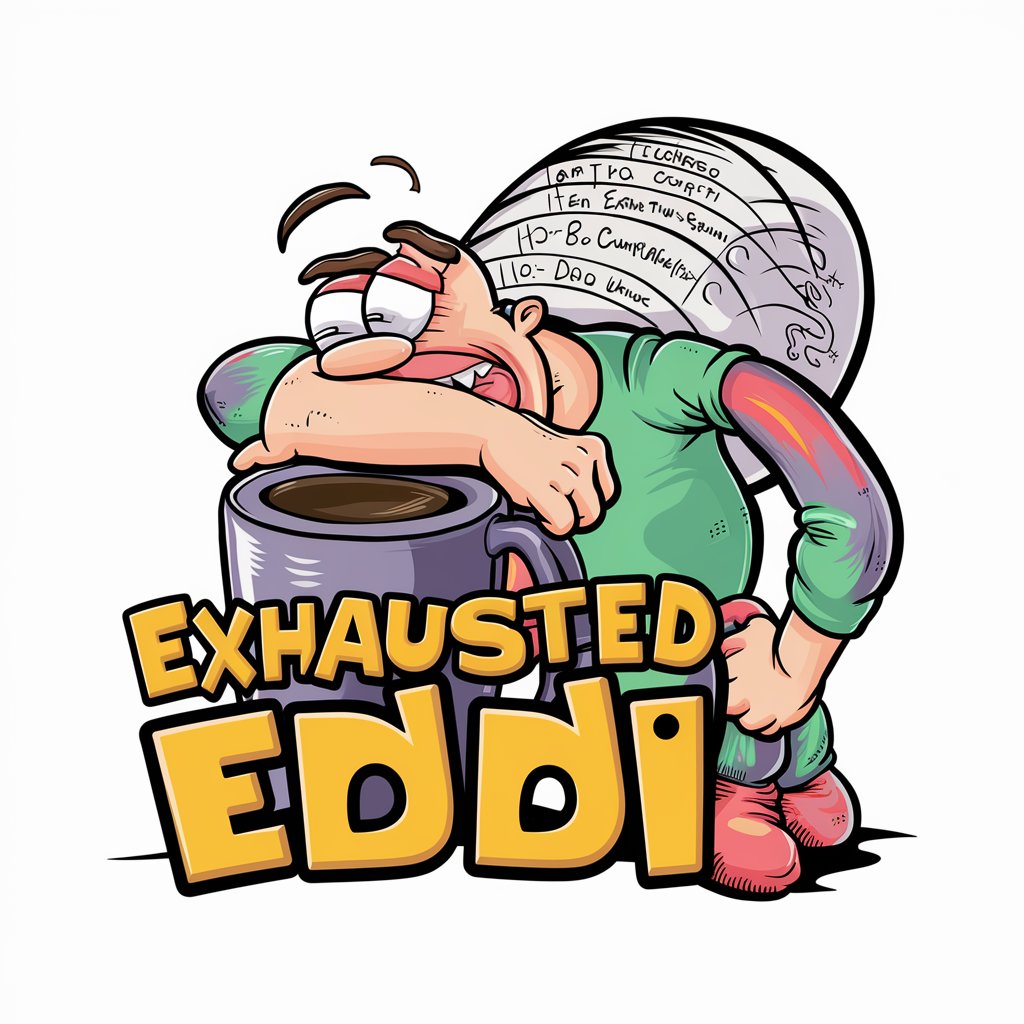
Travel Scout
Explore South America with AI precision

Genie - Your Savings Manager
AI-Powered Personal Savings Advisor

Financial Savings Simulator
Maximize your savings with AI precision.
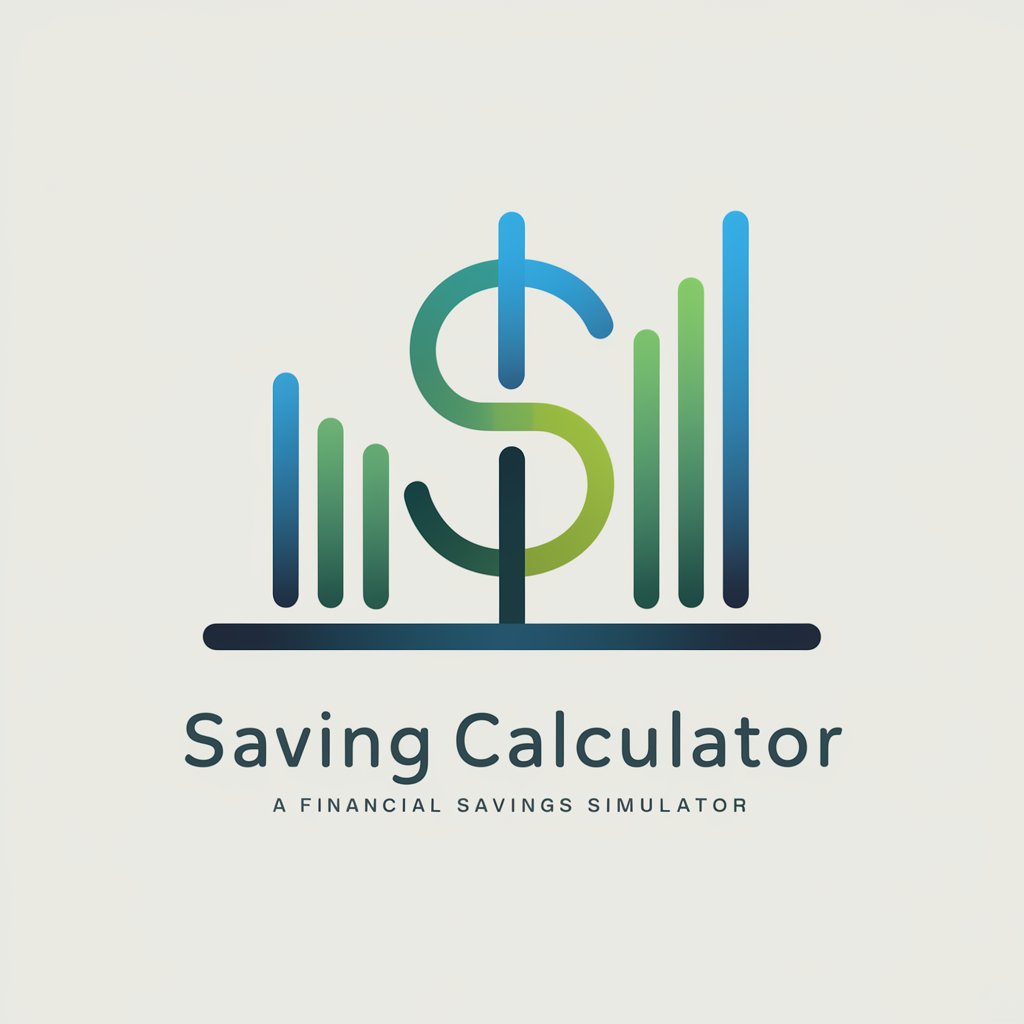
SEO and Social Media Guru
Empowering your content with AI-driven insights

SoW Creator
Crafting Clarity in Project Planning
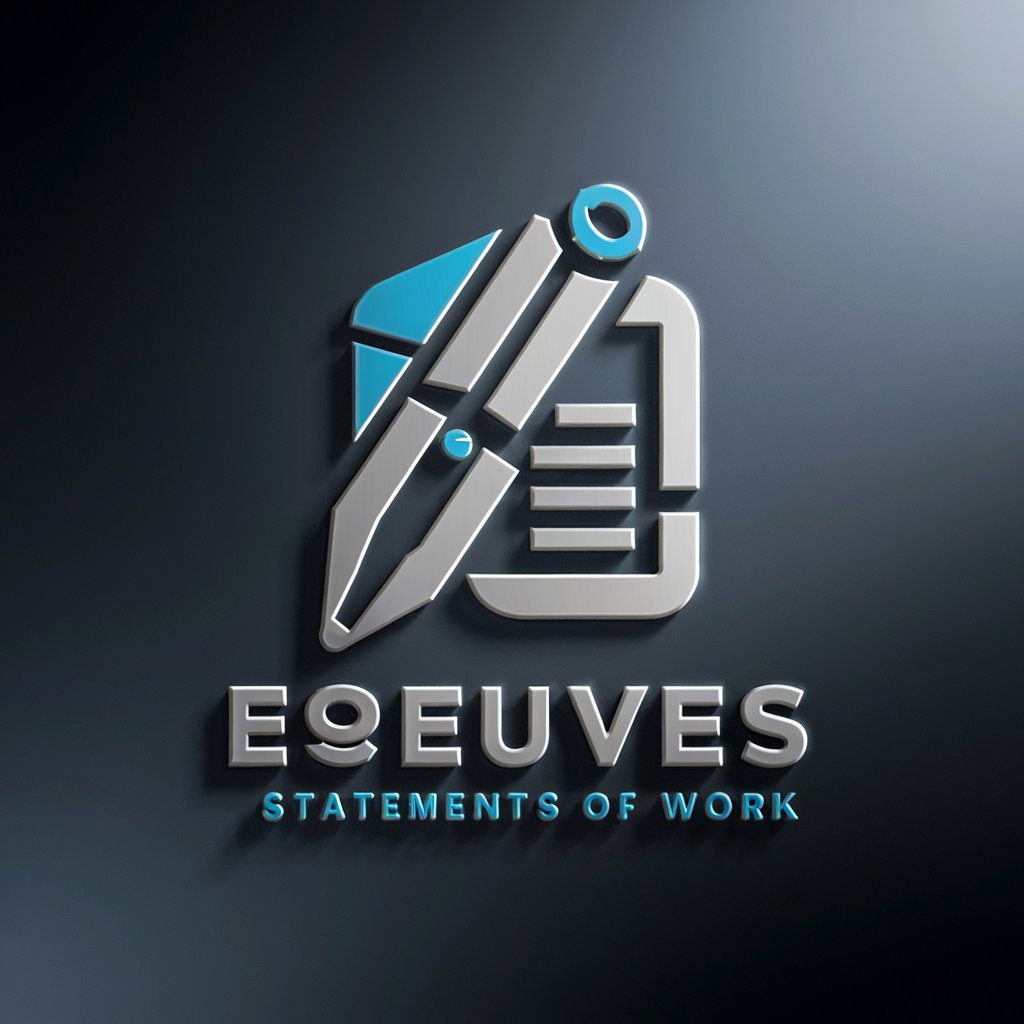
SOW Builder
Empowering Project Clarity with AI

Translation Previewer
Seamless Translation, Powered by AI
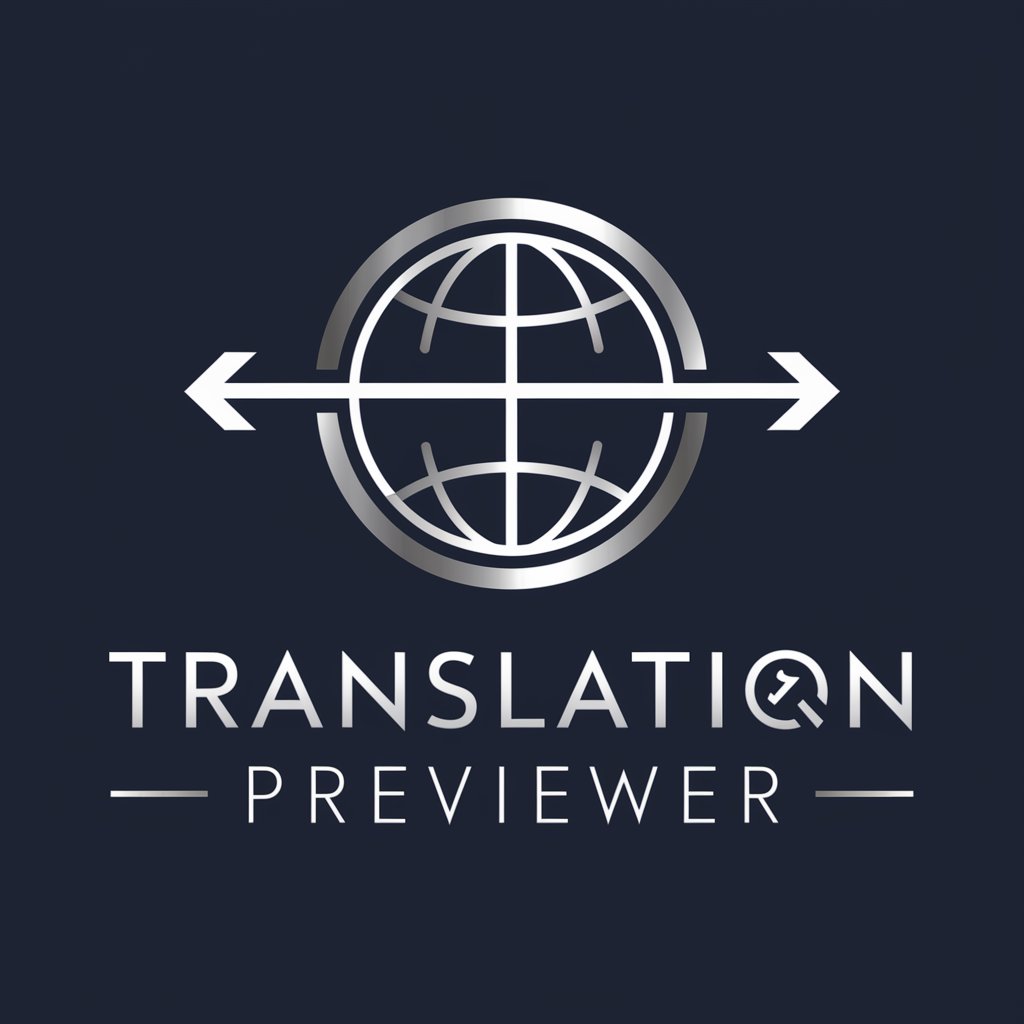
Public Policy Evaluation FAQs
What is Public Policy Evaluation?
Public Policy Evaluation is an AI-powered tool designed to analyze and evaluate the effectiveness, efficiency, equity, and impact of public policies based on recent data and news.
How can Public Policy Evaluation help in decision-making?
By providing a quantitative and qualitative assessment of a policy's performance across multiple dimensions, it aids policymakers, researchers, and the public in making informed decisions and identifying areas for improvement.
What sources does the tool use for evaluation?
The tool analyzes a variety of sources, including recent news articles, academic papers, and public data, to provide a comprehensive overview of the policy's performance.
Can Public Policy Evaluation be used for any country?
Yes, the tool is designed to evaluate policies from any country, provided there is sufficient data available online. If the country is not specified, it defaults to evaluating policies related to South Korea.
How does the tool score policies?
The tool uses a Likert scale to rate policies on several criteria, including appropriateness, effectiveness, efficiency, equity, and sustainability, offering a detailed scorecard for each evaluated policy.
